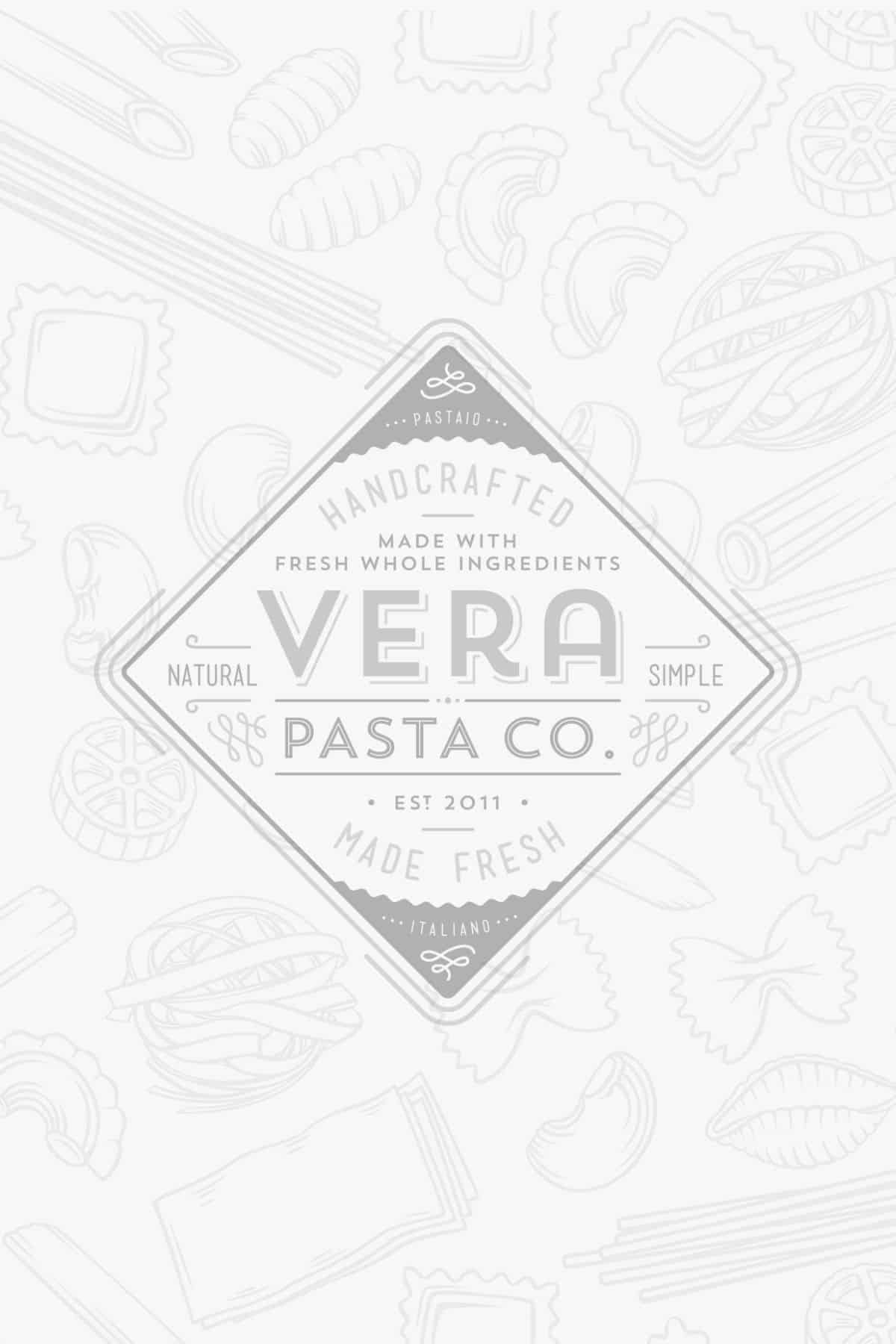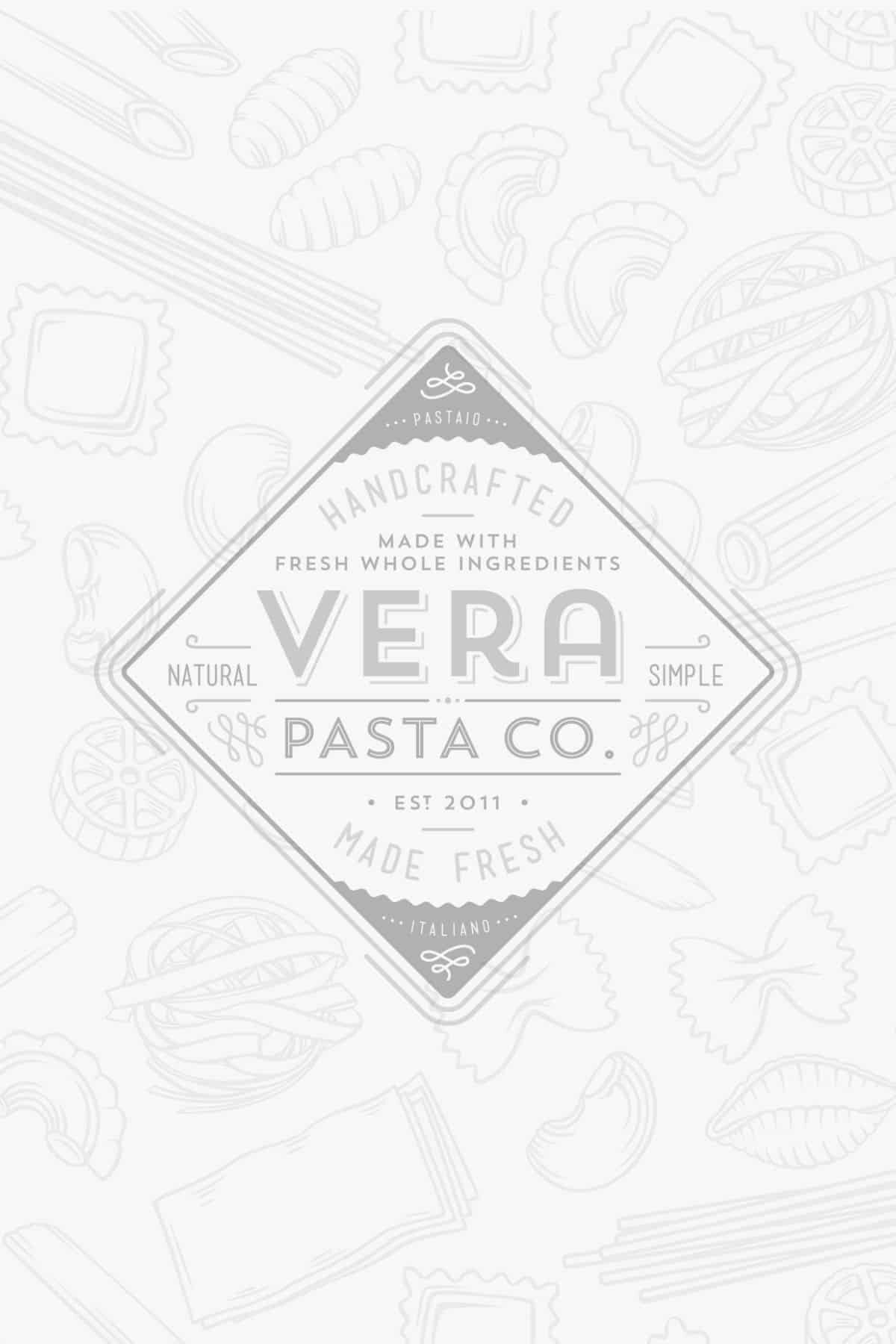
4.5 Things You Didn’t Know About Cooking Pasta
August 28, 2012
A Cooking Quick Tip: The First and Most Important Step in Making a Bolognese
September 11, 2012The literal translation of Al Dente is defined as “ to the tooth,” meaning that the strand of pasta has a soft outer texture and firm inner texture. Italy’s version of Al Dente pasta is slightly different then our version, as theirs is much more firm than what we’re typically used to.
Cooking your pasta al dente is more of a technique than anything else, as achieving the al dente ‘texture’ is done by completing the cooking of the pasta within the heated sauce. Let’s use dried pasta as our example. Start by using the cooking time on the box as a guideline. Begin heating the sauce – you always want to start cooking the sauce first before the pasta; sauce can wait while being heated, as it will not overcook itself, pasta cannot wait. After you begin heating the sauce, put the pasta into the boiling water. When cooking al dente, cook pasta in boiling water for about 1 minute less to where you typically prefer. For example, if you usually boil your pasta for 9 minutes, take it out at 7.5 or 8 minutes. Put pasta directly into the heated sauce and finish cooking until the pasta has achieved the al dente texture and the sauce is clinging to the individual strands. The finished product should have soft outer texture and “toothy,” or slightly firm, inner texture.
According to Joan Marie Warner, MS, RD, CDE, Utah Department of Health, cooking your pasta al dente is also believed to have its health benefits. Over cooked pasta has a high Glycemic Index rating, causing the carbohydrates (sugar) to break down sooner during digestion, which means it can actually cause your blood sugar levels to rise. The al dente method of preparing your pasta will help lower the glycemic index in the pasta, meaning less blood sugar ‘spikes.’
